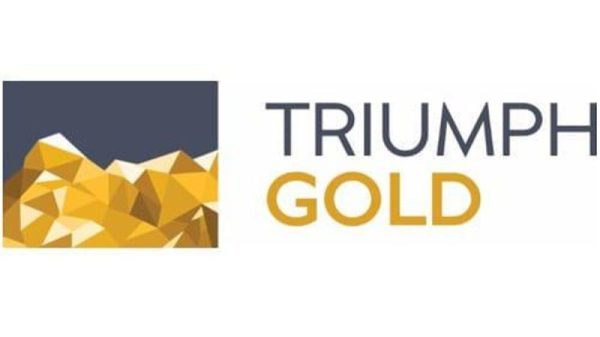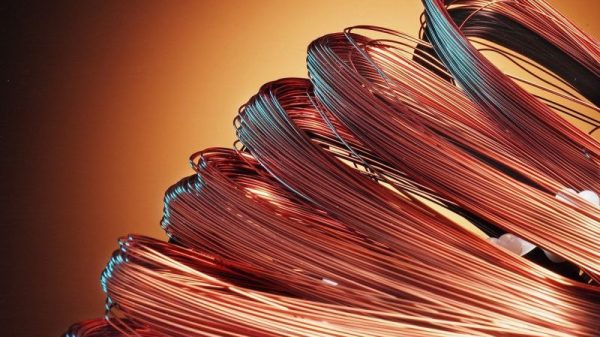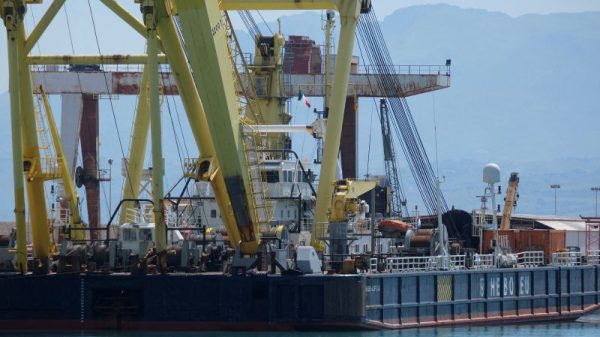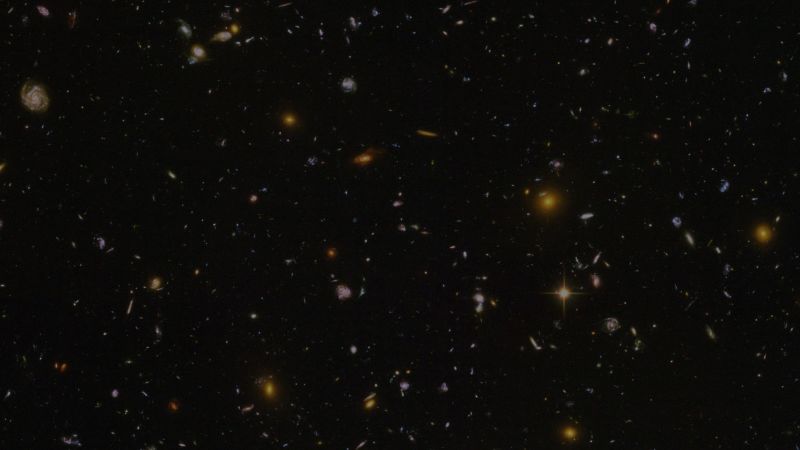Astronomers have uncovered additional evidence that one of Saturn’s smallest moons, Mimas, is hiding a global ocean beneath its icy surface. Building a stronger case for the presence of water — essential to life as we know it — could help scientists gain a better understanding of where to search for habitable worlds in the vast expanse of deep space.
Scientists previously thought Mimas was just a big chunk of ice before NASA’s Cassini mission studied Saturn and some of its 146 moons by orbiting the ringed planet between 2004 and 2017.
Discovered in 1789 by English astronomer William Herschel as a tiny dot near Saturn, Mimas was first imaged from space by the Voyager probes in 1980. Craters cover the surface of Mimas, but the largest one is 80 miles (about 130 kilometers) across and causes the moon to resemble the Death Star from the “Star Wars” films.
Data collected during Cassini flybys of Mimas intrigued astronomers. The moon takes a little more than 22 hours to orbit Saturn and is only about 115,000 miles (186,000 kilometers) from the planet. The Cassini data showed that Mimas’ rotation and orbital motion experienced changes triggered by the moon’s interior.
A team of European researchers determined in 2014 that either a rigid, elongated and rocky core or a subsurface ocean caused the moon’s rotation and motion.
To follow up on the previous study, Observatoire de Paris astronomer Dr. Valéry Lainey and his colleagues analyzed the orbital motion data to see which scenario was most likely. The findings were published Wednesday in the journal Nature.
The team determined that the moon’s spin and orbital motion didn’t match up with the Cassini observations if Mimas had a pancake-shaped rocky core. Instead, the evolution of Mimas’ orbit over time suggested an internal ocean has shaped its motion, Lainey said.
“This discovery adds Mimas to an exclusive club of moons with internal oceans, including Enceladus and Europa, but with a unique difference: its ocean is remarkably young, estimated to be only 5 (million) to 15 million years old,” said study coauthor Dr. Nick Cooper, honorary research fellow in the astronomy unit of the School of Physical and Chemical Sciences at Queen Mary University of London, in a statement.
Old surface, young ocean
The research team determined the origin and age of Mimas’ ocean by studying how the moon, roughly 249 miles (400 kilometers) in diameter, responded to the gravitational forces that Saturn exerted on it.
“Internal heating must come from the tides raised by Saturn on Mimas,” Lainey said. “These tidal effects have induced friction inside the satellite, providing heat.”
The team suspects the ocean is about 12.4 miles to 18.6 miles (20 kilometers to 30 kilometers) deep beneath the moon’s ice shell. With the ocean so young, astronomically speaking, there wouldn’t be any outward signs of activity on the surface to imply the presence of a subsurface ocean.
The craters across Mimas act like telltale wrinkles, suggesting it has an old surface. But Saturn’s Enceladus appears younger because active geysers have contributed to resurfacing, or depositing of new, fresh material on that moon’s surface.
The ocean is still evolving, so Mimas may offer a unique window into the processes behind how subsurface oceans have formed on other icy moons, the researchers said.
A closer look at ocean worlds
The discovery could change the way astronomers think about moons across our solar system.
“If Mimas hides a global ocean, this means that liquid water could lie almost anywhere,” Lainey said. “We already have serious candidates for global oceans (on moons such as) Callisto, Dione and Triton.”
In 2017, NASA announced that ocean worlds may be the most likely places of finding life beyond Earth, and missions such as the European Space Agency’s Juice and NASA’s Europa Clipper and Dragonfly spacecraft will investigate the potential habitability of Jupiter’s moons Europa, Ganymede and Callisto and Saturn’s moon Titan.
“The existence of a recently formed liquid water ocean makes Mimas a prime candidate for study, for researchers investigating the origin of life,” Cooper said.
It may be time to observe other seemingly quiet moons across the solar system that could be hiding conditions that can support life, the study authors said.
“Lainey and colleagues’ findings will motivate a thorough examination of mid-sized icy moons throughout the Solar System,” wrote Drs. Matija Ćuk and Alyssa Rose Rhoden in an article that accompanied the study. Ćuk is a research scientist at the SETI Institute in California, and Rhoden is a principal scientist at the Southwest Research Institute’s Planetary Science Directorate in Colorado.
Neither author was involved in the study, but Rhoden has authored research about the potential for a “stealth” ocean on Mimas.
“Basically, the difference between our 2022 paper and this new paper is that we found an ocean could not be ruled out by Mimas’ geology, whereas they are actually detecting the signature of the ocean within Mimas’ orbit,” Rhoden said. “It is the strongest evidence we have, so far, that Mimas really does have an ocean today.”
Since the 2022 report, Rhoden and her research group have continued their study of Mimas, and they agree with the new study’s conclusion about the relatively young age of the moon’s ocean.
“Mimas certainly demonstrates that moons with old surfaces can be hiding young oceans, which is pretty exciting,” Rhoden said. “I do think we can speculate as to moons having developed oceans much more recently than we often assume.”







































